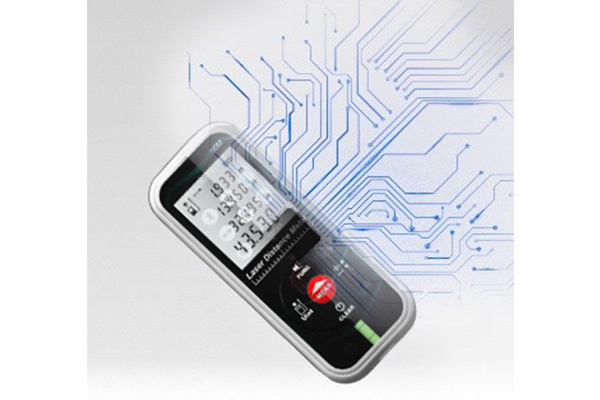The core of a laser distance meter is to calculate the round-trip time of the laser (one-way time × speed of light = distance).
In recent years, many industries have put forward new requirements for the accuracy and range of laser ranging. An increasing number of laser distance meter manufacturer and technical researchers are attempting to apply modern technologies to long-distance laser distance meter to enhance their comprehensive performance and meet the needs of various industries. With the rapid development of high-tech fields such as electronic technology, laser technology, and optical technology, an important foundation has been provided for the improvement of long-distance laser rangefinders. In particular, the rise of emerging disciplines represented by laser applications, along with the innovation of related concepts and the enrichment of practical experience, has offered effective references for the research of long-range laser ranging technology.
Previously, the application of long-distance laser rangefinders was limited by factors such as technical constraints and costs, but the situation has changed significantly. Many industries now impose new requirements on the comprehensive performance of these instruments, leading to a remarkable expansion of their application scope. Beyond mere distance measurement, laser rangefinder manufacturers are focusing more on improving measurement accuracy and researching various sensors to minimize errors, while offering diverse functions such as GPS, compass, data transmission, photography, etc.
The measuring range of laser rangefinders spans from several meters to several kilometers, and users should choose flexibly according to specific needs. For indoor measurements, where distance requirements are low but high precision is essential, handheld laser rangefinders with 635nm lasers are typically used. For longer distances, 905nm telescope-type laser rangefinders are preferred, with a measuring range of 5-3000 meters, widely applied in outdoor surveying, telecommunications, port terminals, golf, hunting, and other fields. To measure distant targets (e.g., 3-20 kilometers), rangefinders of other wavelength bands are required, such as 1064nm/1535nm/15550nm long-distance models. These demand extremely high manufacturing precision for all components, hence their higher unit prices.

